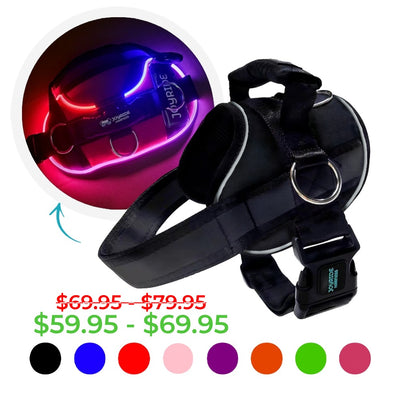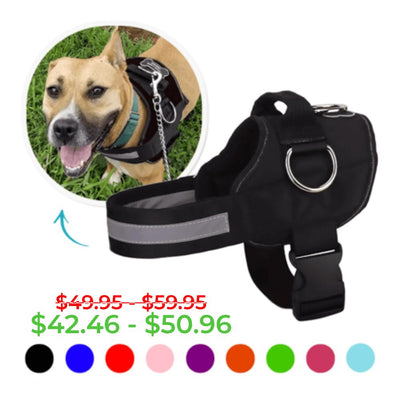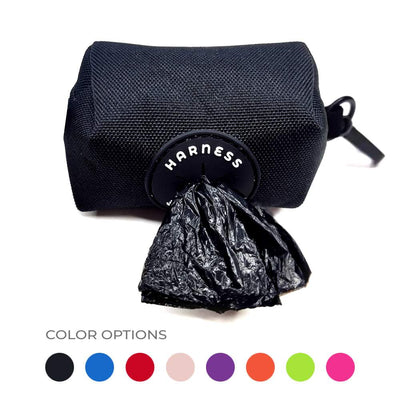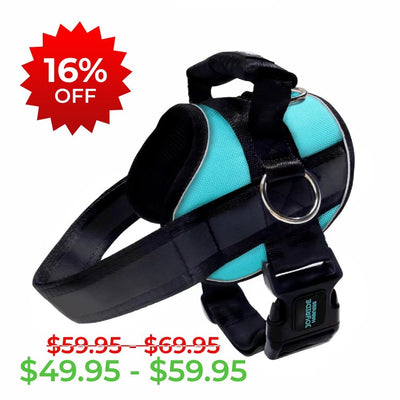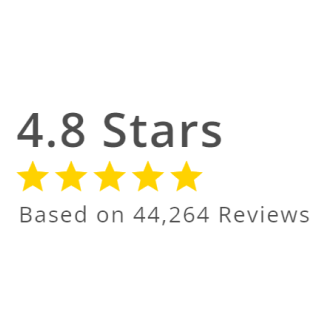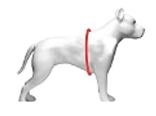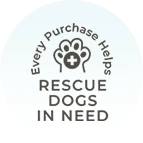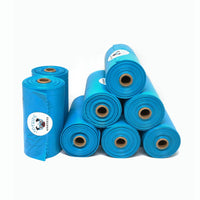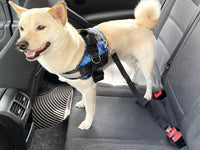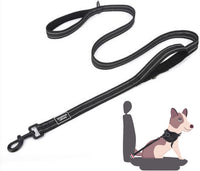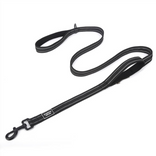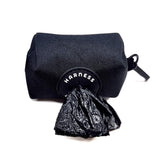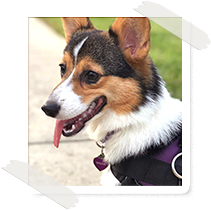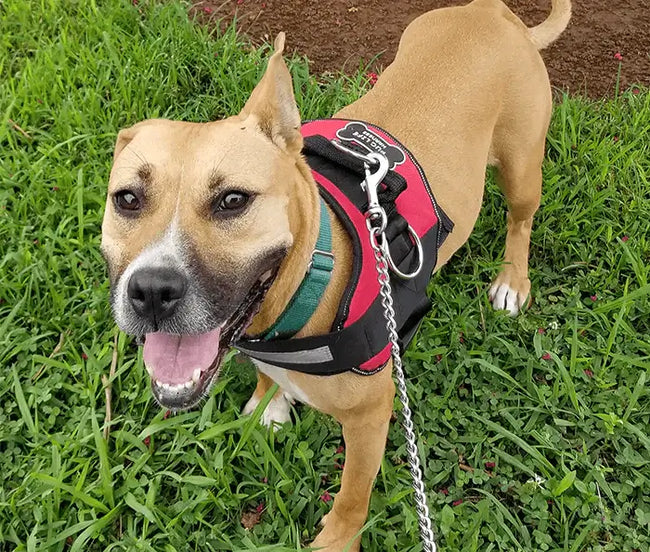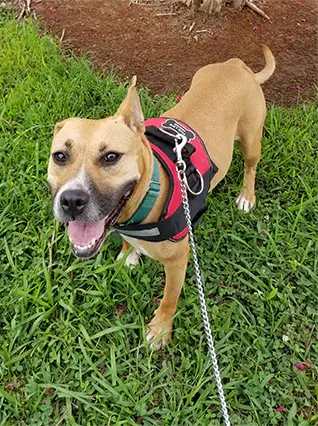Dog Nutrition Essentials: An Easy Guide for New Dog Owners
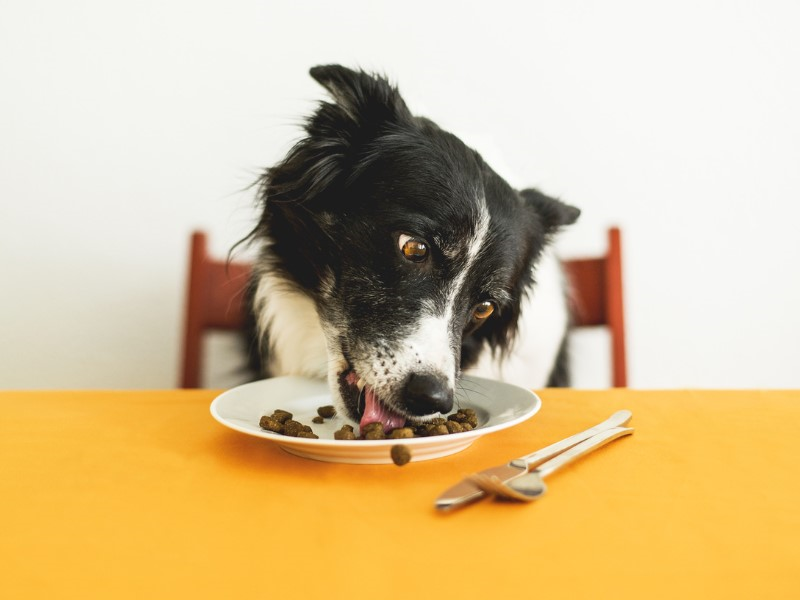
As a new pet parent, one of the most important aspects of raising a healthy dog is focusing on a healthy diet. While understanding the basics of dog nutrition can seem daunting at first, it's an essential step in ensuring the well-being and happiness of your fur baby.
We put together this guide on dog nutrition to give first-time dog owners a solid starting point for understanding the dietary needs of their canine companions. However, it is always best to consult with a vet or a certified animal nutritionist if you have specific questions, especially if your pup has specific dietary needs.
1. Understanding Dog Nutrition Basics
From deciphering food labels to understanding the vital nutrients that fuel their furry bodies, comprehending dog nutrition can start to feel like a science class. But really, it’s not that different from understanding what human bodies need to go, go go.
The Importance of a Balanced Diet
Just like humans, dogs thrive on a balanced diet that caters to their unique nutritional needs. A well-rounded diet not only fuels their daily activities but also supports optimal health and longevity. At the core of dog nutrition are several vital nutrients, including proteins, fats, carbohydrates, vitamins, and minerals.
- Proteins: Essential for building and repairing tissues. They are the building blocks of a healthy body, supporting muscle development and immune function.
- Fats: Provide concentrated energy and are vital for absorbing vitamins and promoting healthy skin and coat.
- Carbohydrates: Offer a source of quick energy and are essential for a healthy digestive system.
- Vitamins and Minerals: Play a crucial role in various bodily functions, including bone health, blood clotting, and immune response.
Reading Dog Food Labels
Navigating the world of dog food can be a bit overwhelming, especially with the myriad of options available in the market. One of the key skills to develop as a new pet owner is the ability to read and understand dog food labels. Here are some tips to get you started:
- Ingredient List: The ingredients are listed in descending order by weight. Look for products with high-quality sources of protein (like meat or fish) as the first ingredient.
- Guaranteed Analysis: This section provides information on the minimum or maximum amounts of certain nutrients in the product, including protein and fat percentages.
- Nutritional Adequacy Statement: This statement indicates the life stage for which the food is suitable, ensuring that it meets the nutritional requirements established by the Association of American Feed Control Officials (AAFCO).
- Expiration Date: Always check the expiration date to ensure the freshness of the food.
Remember, when in doubt, don't hesitate to reach out to professionals for guidance. Your vet or a certified animal nutritionist can provide personalized advice based on your dog's specific needs and preferences.
Another important tip: if you store your pet food out of the bag in a storage container, keep the bag, or at least the lot number/expiration date. This will be important in case there is ever a recall on your dog’s food!

2. Feeding Your Dog
When it comes to feeding dogs, no two are quite alike. This especially applies to the different life stages of dogs. Some dogs are naturally “hard keepers” due to a fast metabolism and high energy, so they require more calories (food) to sustain them at a healthy weight. Other dogs are inactive, requiring fewer calories to sustain them.
In this section, we’ll look at the essential aspects of feeding dogs, ranging from the different nutritional needs at various life stages to establishing appropriate portion sizes and feeding schedules.
Puppy, Adult, and Senior: Feeding Dogs at Different Life Stages
Just as in humans, a dog's nutritional needs evolve over time, adapting to their growth, activity levels, and overall health status. Puppies have different requirements than adult dogs, which can also differ from senior dogs.
Feeding Puppies (up to a year+)
Puppies require a diet rich in proteins and fats to support their rapid growth and development. Look for specially formulated puppy food that meets the nutritional demands of this vibrant life stage. While many small breeds can switch to adult food, many larger breeds can stay on puppy food until 18 or 24 months, as they are still growing. If you are feeding a large or giant breed puppy, ensure your puppy food meets AAFCO requirements for breeds expected to exceed seventy pounds.
Feeding Adult Dogs (1-7 years)
As your dog transitions into adulthood, their diet should stabilize to maintain an optimal weight and support a healthy lifestyle. Focus on a balanced diet that includes a proper ratio of proteins, fats, and carbohydrates, along with essential vitamins and minerals. The amount you feed your adult dog should be proportional to his or her size and activity level. An active two-year-old dog that weighs fifty pounds may eat more than an inactive six-year-old dog who weighs more.
Feeding Senior Dogs (7 years and above)
Senior dogs may have reduced activity levels and a slower metabolism. Tailor their diet to include nutrient-dense foods that support joint health and cognitive function, while being mindful of calorie intake to prevent weight gain. Senior dogs tend to gain weight even when fed less, so look for a food that has reduced calories but maintains good amounts of protein.
Portion Sizes and Feeding Schedules
To combat obesity and to make sure your dog is at a healthy weight, it’s essential to determine the right portion size and consistent feeding schedule This will ensure your pup receives the necessary nutrients without going overboard.
Understanding Portion Sizes
The appropriate portion size can depend on various factors including your dog's age, weight, and activity level. It's often recommended to start with the feeding guidelines provided on the dog food packaging and adjust based on your dog's individual needs.
However, if you feel that your dog is gaining or losing weight when feeding according to the bag suggestions, you will need to adjust accordingly. One way to ensure you’re feeding the right amount is to use a calorie calculator for pets. By inputting information about your dog, you’ll be able to calculate their approximate Maintenance Energy Requirement (MER), which is how many calories they need per day to maintain their weight. With this information, you can determine whether you are over or underfeeding your dog.
Feeding Schedules
Establishing a regular feeding schedule helps in regulating your dog's digestive system. Typically, puppies should be fed 3 to 4 times a day, while adult dogs thrive on two meals a day. Consult with your vet to determine the best schedule for your pet.
While many dogs will eat and eat until they physically can’t anymore, some dogs are less enthusiastic about their meal times. If you are struggling to get your adult dog to eat two meals a day, you may have better luck with one meal a day. Most vets do not recommend free feeding (leaving food out all the time) because it can lead to overeating.
3. Common Mistakes and Dog Nutrition Tips
If we know anything, it’s that nothing in life is perfect, and sometimes you encounter a few bumps in the road. Here are some common mistakes new pet owners might make and some tips for how to navigate them successfully.

Avoiding Common Mistakes
- Overfeeding: One of the most common mistakes is overfeeding, which can lead to obesity and other health issues. Be mindful of portion sizes and avoid giving too many treats. Be especially mindful of overfeeding treats if you’re working on training your dog [link to training post].
- Inconsistent Feeding Schedule: Maintaining a consistent feeding schedule helps regulate your dog's digestive system and prevents overeating.
- Ignoring Dental Health: Dog nutrition isn't just about what goes into their bowl. Remember to take care of their dental health with regular cleanings and dental treats.
- Skipping Regular Vet Check-ups: Regular vet check-ups are essential to monitor your dog's nutritional health and make necessary adjustments to their diet.
Dog Nutrition Tips for Success
- Quality Over Quantity: Invest in high-quality dog food that meets all the nutritional requirements of your pet.
- Hydration: Ensure your dog has access to fresh water at all times, especially during the summer months.
- Observation: Keep a close eye on your dog's physical condition and behavior to notice any signs of nutritional deficiencies or allergies.
- Seek Professional Advice: When in doubt, consult with a vet or a certified animal nutritionist for personalized guidance.
Joyride Cares About Your Dog's Health Inside and Out
At Joyride Harness, we believe that the joyous journey with your furry friend goes beyond harnesses and walks; it extends to nurturing their well-being from the inside out. And dog nutrition is a big part of that.
If you’re a new dog parent, we want you to know that you are not alone. We are here to assist you with not only products that ensure safe and enjoyable walks but also with resources that help you make informed decisions about your dog's nutrition, training, health, and beyond. You can find everything you need right on our website, from no-pull harnesses and poop bags to tips on raising a happy and healthy dog.
Be sure to check out our blog for more information geared toward new and experienced dog owners alike!

